It is said that there are more than 200 varieties of mangoes grown in Thailand. But when it comes to creating one of the country's most beloved desserts, an icon of Thai cuisine - khao nieow mamuang or mango sticky rice - foodies say there are very few varieties of mango that can be used as an ingredient.
Sweet slices of ripe mango are placed next to a portion of sticky rice covered with coconut milk and mung beans, and have long been a must-have dish for tourists visiting Thailand.
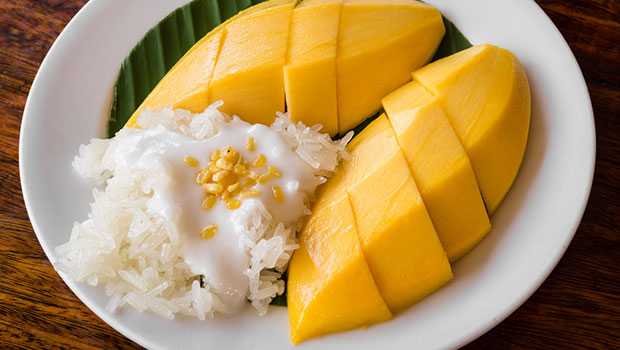
A portion of mango sticky rice at Varee Jeensuwan's shop
PHOTO: THE CITY LANE
Varee Jeensuwan, 63, is the undisputed "queen of mango sticky rice" in Bangkok. Her stall in the bustling Thonglor neighborhood in central Bangkok has been open since 1981.
"The best summer dessert in Thailand is mango sticky rice," she told CNN. "March to May is the best time of year to enjoy it, because the mangoes are naturally sweet and plentiful, and the price is cheap. The sticky rice is fragrant because of its freshness."
Thai nam dok mai (fragrant mango) mangoes are the most popular variety for this dish because of their sweet flavor and smooth flesh. Varee says some of the best nam dok mai mangoes are found in Bangkhla County, Chacheonseo Province.
Another popular mango variety used in mango sticky rice is Oak Rong, which must come from Damnoen Saduak district in Ratchaburi province.
Although mango plays a major role in khao nieow mamuang, the other ingredients are equally important.
In Varee’s shop, she uses specially selected sticky rice from Thailand’s northernmost province, Chiang Rai. The coconuts come from Suratthani province, in the south, because they have to have a rich flavor that complements the sticky rice. The yellow mung beans are grilled, not boiled, to give the dish a light crunch.
Even the salt used in the coconut milk, she orders from Samut Sakorn - a coastal province south of Bangkok.
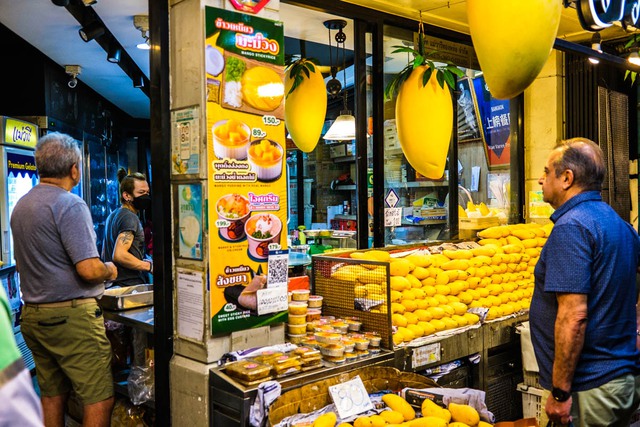
Mango sticky rice shops in Thailand always attract foreign tourists.
PHOTO: THE CITY LANE
It's impossible to talk about Thailand's love for khao neao mamuang without mentioning famous Thai rapper Milli, real name Danupha Khanatheerakul.
In 2022, she performed at the Coachella music festival in California, USA and ended the show by enjoying a portion of mango sticky rice.
The move sparked a craving for mango sticky rice across Thailand. In Bangkok, social media and news sites showed the city’s most popular mango sticky rice stalls suddenly flooded with orders.
Among those benefiting from the Milli effect is K Panich. One of the oldest mango sticky rice vendors in the city, which first opened in 1932, is just a 15-minute walk from the Royal Palace, a popular historical landmark.
A sign hanging at the entrance of this busy traditional eatery hints at its culinary credentials, having received Michelin's Bib Gourmand award every year since 2019, a recognition of good value and high quality.
Khun Nan, the on-site manager, told CNN that the secret to the restaurant's longevity is its commitment to sourcing top ingredients from around the country.
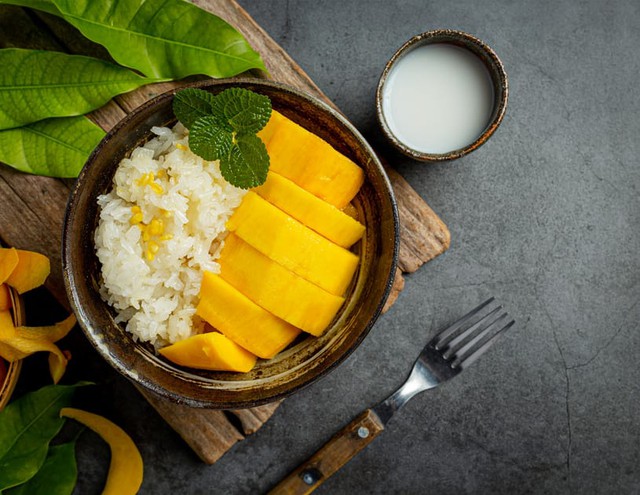
PHOTO: ENGOO
Mango sticky rice may be a popular street food, but it's also a familiar dish on dessert menus at upscale restaurants across the country, with some dishes featuring a modern twist.
For example, the two-Michelin-starred R-Haan restaurant in Bangkok offers a refreshing “Home Sweet Home” Thai mango sticky rice – a three-variety mango parfait served with sticky rice and coconut milk.
According to R-Haan co-owner/chef Chumpol Jangprai, there is evidence that mango sticky rice dates back to Thailand's late Ayutthaya period (1351 - 1767), with references to the dish found centuries later…
Source: https://thanhnien.vn/cach-thai-lan-bien-mon-binh-dan-nay-thanh-bieu-tuong-am-thuc-185250413084848263.htm


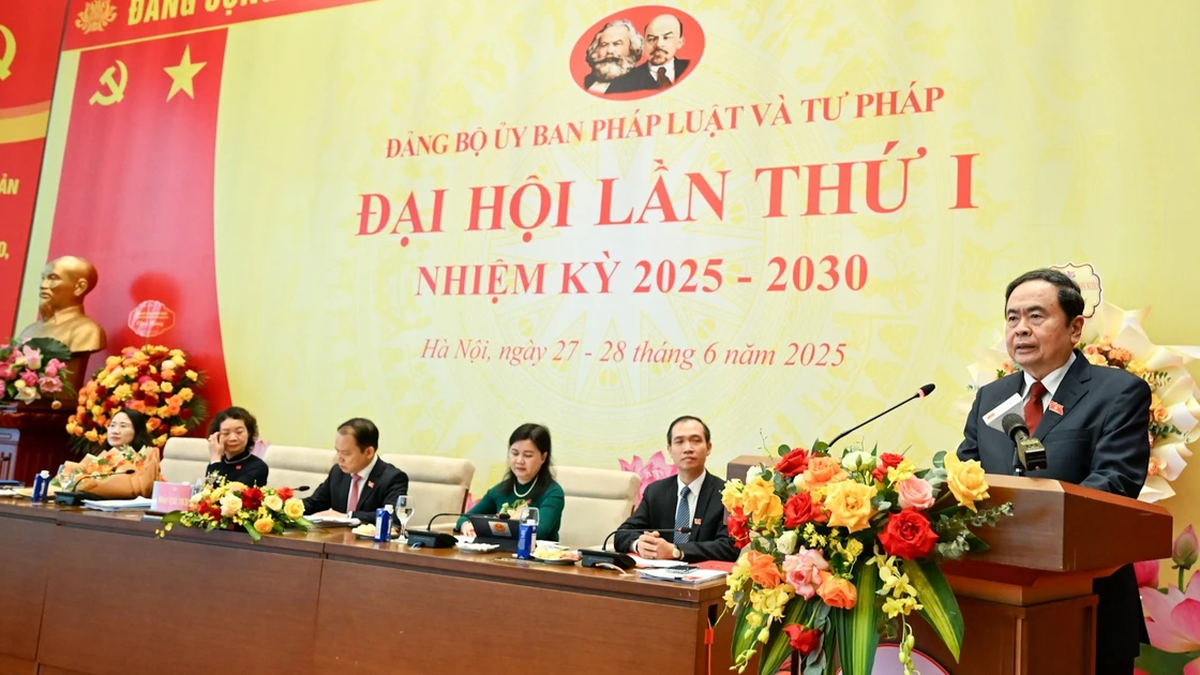





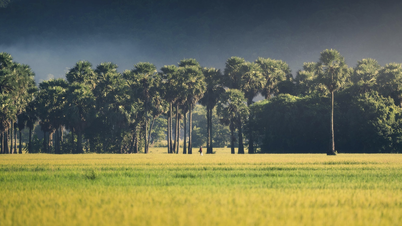



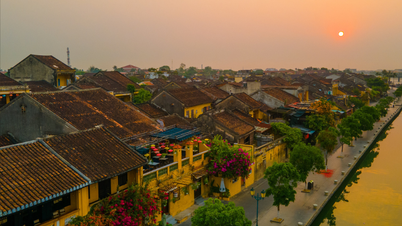






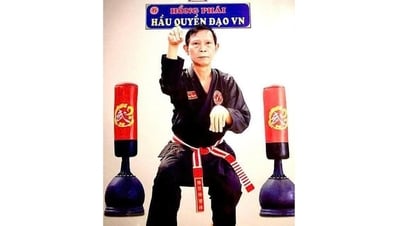

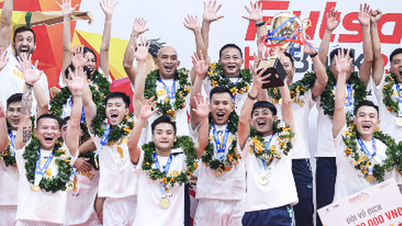





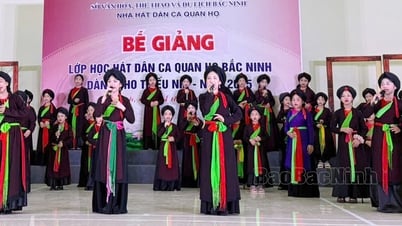

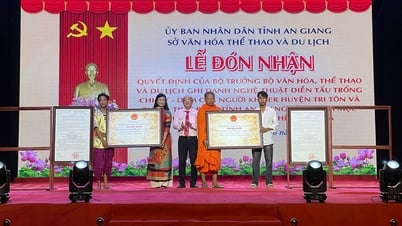

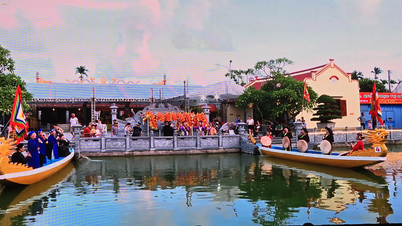

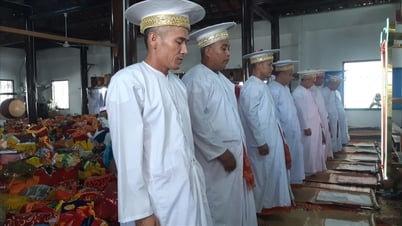











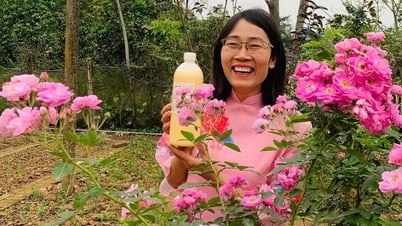
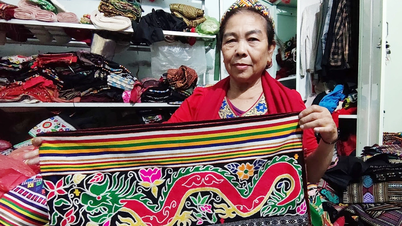

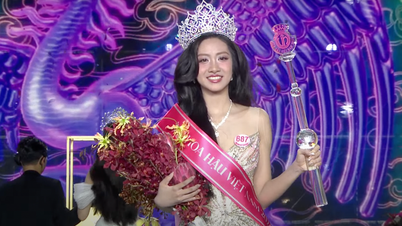









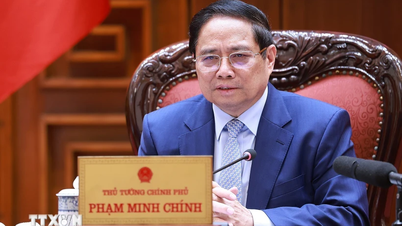




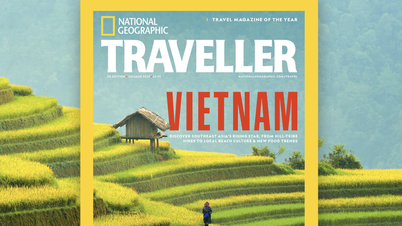































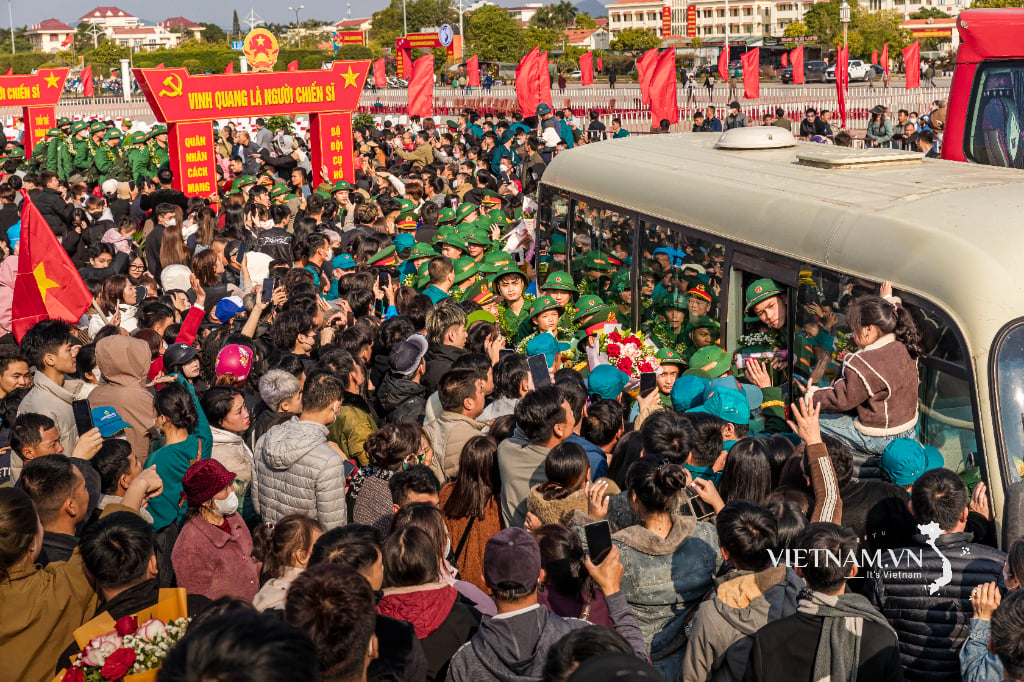
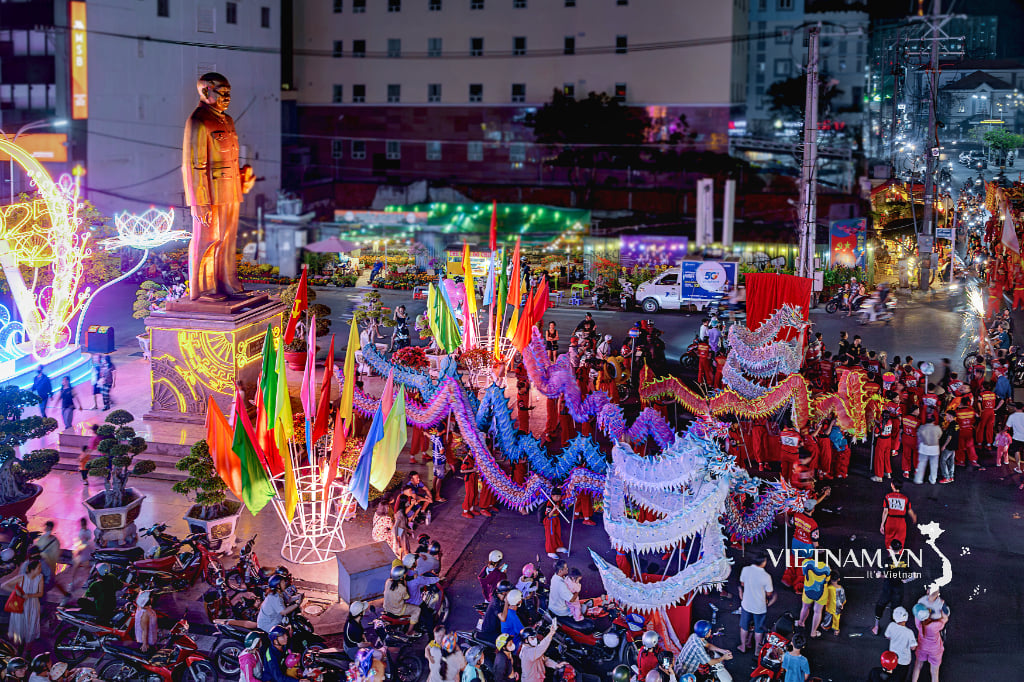
Comment (0)